Sudden frost effect on perennials...
musicalmommy
18 years ago
Related Stories
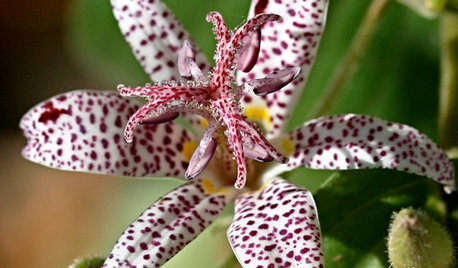
SUMMER GARDENING10 Perennials to Extend Your Garden's Summer Color
Revive summer-weary gardens with outstanding late bloomers such as toad lily, Russian sage, blanket flower and more
Full Story
GARDENING GUIDESTop 12 Summer-Blooming Perennials for Deer-Resistant Drama
Can you have garden color, fragrance and exciting foliage with hungry deer afoot? These beauties say yes
Full Story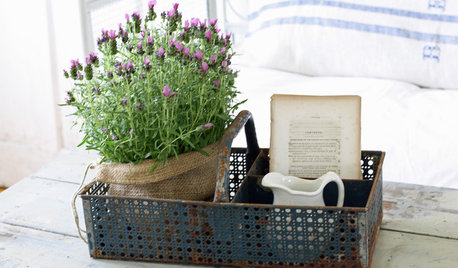
HOUSEPLANTSOutsmart Winter — Make Houseplants of Your Garden Growers
No need to watch Jack Frost play Wreck the Rosemary. Bring your garden inside for the winter, using containers and these guidelines
Full Story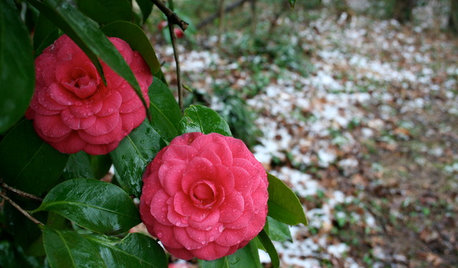
GARDENING GUIDESSoutheast Gardener's November Checklist
You're probably on top of planting bulbs, but don't forget to keep an eye on frost and drain your mower's gas tank
Full Story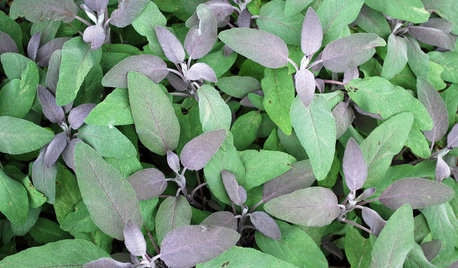
EDIBLE GARDENSHerb Garden Essentials: Grow Your Own Culinary Sage
Fill in your garden with this drought-tolerant perennial that’s flavorful and deer resistant
Full Story
GARDENING GUIDESBright Plants for Flower Beds That Wow
From new annual and perennial varieties to grasses, get dramatic with swaths of color
Full Story
GARDENING GUIDES20 Favorite Flowers for Butterflies and Bouquets
Discover perennials and annuals that do double duty as butterfly magnets and versatile cut flowers
Full Story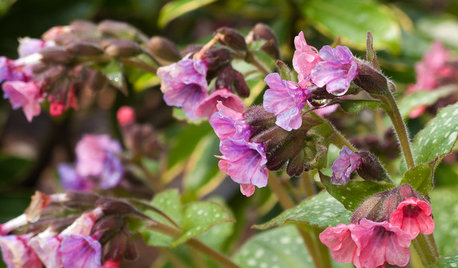
GARDENING FOR BUTTERFLIESGreat Design Plant: Lungwort
Yes, the name is unfortunate. But the flowers and foliage are delightful, and this perennial is easy to grow and shunned by deer
Full Story
GARDENING GUIDES8 Plants That Snobs Love to Hate — and You'll Love to Grow
Don't dismiss these common annuals, perennials and shrubs — there are reasons they've been popular for so long
Full Story
LANDSCAPE DESIGNCalifornia Says Goodbye to the Sprawling Ornamental Lawn
New state rules will effectively limit turfgrass to 25 percent of the landscape in most new and renovated yards
Full StoryMore Discussions






tapla (mid-Michigan, USDA z5b-6a)
musicalmommyOriginal Author
Related Professionals
Accokeek Landscape Architects & Landscape Designers · Cary Landscape Architects & Landscape Designers · Pottstown Landscape Contractors · Fort Mill Landscape Contractors · Fort Wayne Landscape Contractors · Indio Landscape Contractors · Milford Mill Landscape Contractors · Seymour Landscape Contractors · Twin Falls Landscape Contractors · Webster Groves Landscape Contractors · Wheat Ridge Landscape Contractors · Oxon Hill Landscape Contractors · Jacksonville Window Contractors · Jacksonville Window Contractors · Bellwood Window Contractorspitimpinai
tapla (mid-Michigan, USDA z5b-6a)
musicalmommyOriginal Author
vetivert8
pitimpinai
Skybird - z5, Denver, Colorado
musicalmommyOriginal Author
Linda Strachota